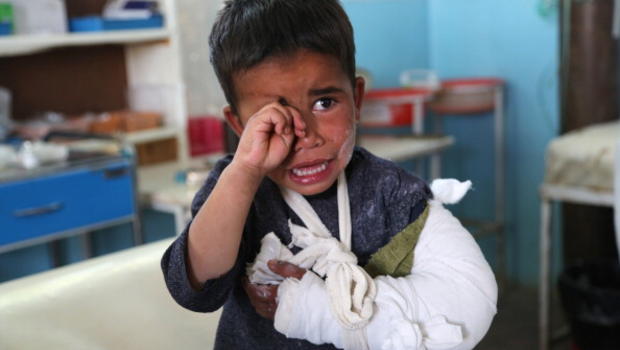Latest News
More Children Dying in Afghanistan War, Says UN, with Death Toll Up 15 Percent


UN mission said it has documented 2,461 casualties among children in 2016 — 639 deaths and 1,822 wounded.
The statistic shows a 15 percent increase comparing to the last year, January-September 2015.
The mission voiced concern over the continuing increase in child casualties, which have risen every year since 2013.
Between Jan. 1 and Sept. 30, UNAMA documented 8,397 conflict-related civilian casualties with 2,562 deaths and 5,835 wounded. That represents a 1 percent decrease, compared to the same period in 2015, said the mission.
Suicide bombings and other attacks, including improvised explosive devices are the main reasons of civilian causalities.
“Increased fighting in densely populated areas makes it imperative for parties to take immediate steps to ensure all feasible precautions are being taken to spare civilians from harm,” the report quoted Tadamichi Yamamoto, the U.N. chief’s special representative for Afghanistan.
Casualties caused by pro-government forces rose 42 percent compared to last year, with 623 deaths and 1,274 injured, U.N. investigators reported.
That includes a spike of 72 percent in casualties from air strikes by the Afghan air force and its international allies.
At least 133 people were killed and 159 were injured in air strikes, with two-thirds of those casualties attributed to the Afghan air force, the U.N. said.
The deadliest areas for civilians are in the traditional Taliban heartland in the south, including Uruzgan, the deeply impoverished, mountainous province that claimed most of the 41 Australian Defense Force personnel who perished during Australia’s combat mission in Afghanistan.
The U.N. report also documented numerous conflict-related incidents targeting health-care and educational facilities, as well as those providing humanitarian aid.
In terms of deaths and injuries, 2013 was the worst year of the war for Afghan women and children, with most of the casualties caused by either stepping on or driving over roadside bombs or getting caught in fighting.
But the deadliest year of the war were 2011 and 2016, when 3,133 civilians died as the Taliban launched a fierce pushback with roadside bombs and other attacks against the increased number of international forces who wrested back much of the territory controlled by the insurgents and in 2016 the bloody year for civilians when they marched in a protest for transferring power from central areas of the country.
